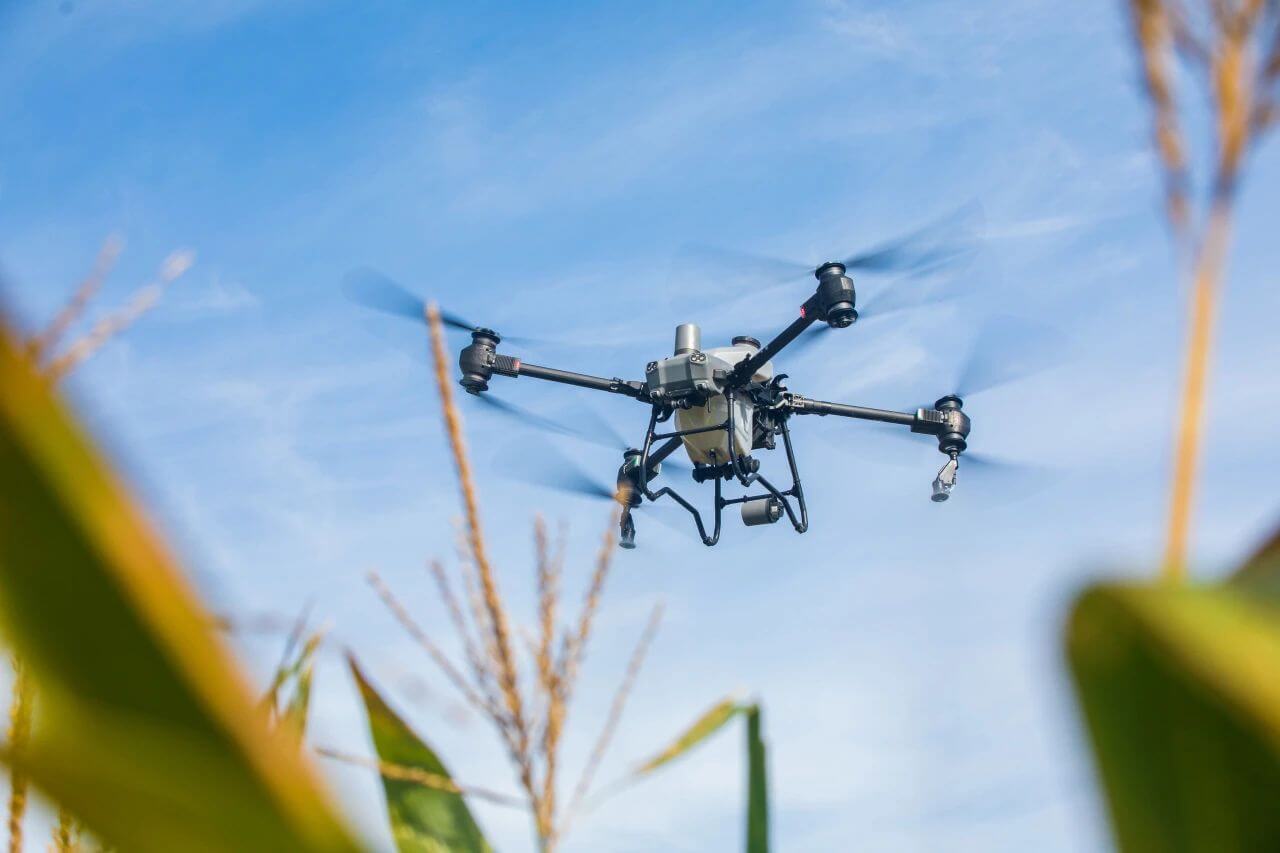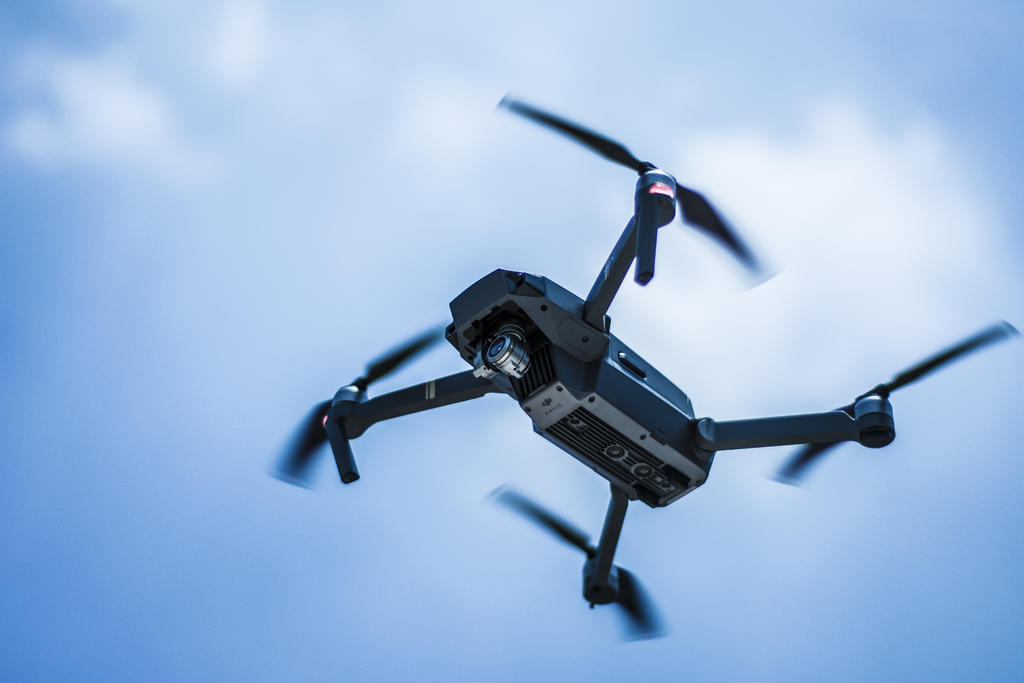In recent years, drones have become an increasingly common sight in our skies, transforming the way we capture the world around us. The technology behind drones flying over us has opened up a plethora of opportunities across various sectors, from film and photography to agriculture and environmental conservation, reshaping our understanding and interaction with aerial perspectives.
The Rise of Drones in Film and Photography
Traditionally, capturing aerial views required expensive equipment such as helicopters or cranes. However, the advent of drones has democratised aerial photography and videography by making it accessible and affordable for hobbyists and professionals alike. Drones flying over scenic landscapes capture panoramic views with unprecedented clarity and detail, offering a fresh perspective to filmmakers and photographers seeking to enhance their visual storytelling.
The Impact on Agriculture
Apart from the creative industries, agriculture is yet another sector significantly impacted by drones. Farmers use drones to monitor crops, assess health, and manage fields more efficiently. Equipped with advanced sensors, these drones can collect data on soil moisture, crop health, and pest infestations, providing farmers with crucial information to optimize their yield and reduce waste. Drones ensure precision farming that mitigates environmental impacts while boosting productivity.
ensure precision farming that mitigates environmental impacts while boosting productivity.
Environmental Conservation
Drones are also pivotal in environmental conservation efforts. Their ability to reach remote and hazardous locations enables researchers to gather data on ecosystems, wildlife, and natural phenomena quickly and without physical intrusion. Conservationists use drones to track endangered species, map habitats, and even assist in anti-poaching operations, making them indispensable in the global effort to preserve biodiversity.

The Future of Delivery Services
Moreover, drones flying over cities could soon be commonplace in delivery services. Major companies are exploring the use of drones to deliver packages, promising faster and more efficient logistics with minimal human involvement. Though still in testing phases, this application of drones represents a significant leap towards a future where autonomous flying vehicles streamline urban transportation and consumer convenience.
Drones have undoubtedly revolutionized the way we perceive aerial perspectives, transcending traditional limitations through technological innovation. As regulators and manufacturers work towards improving drone safety and capabilities, the potential of drones continues to expand, prompting societies to rethink their approach to everyday systems and industries.
FAQs
- How safe are drones flying over populated areas?
While drones can be safely operated, regulations require pilots to follow strict safety guidelines to prevent accidents and protect privacy, ensuring responsible usage in populated areas. - Can drones help with disaster management?
Yes, drones can assist in disaster management by providing real-time aerial views to assess damage, deliver essential supplies, and support emergency response teams during crises. - What is the legal future of drone operations?
The future of drone operations depends heavily on evolving regulations, international cooperation, and advancements in drone technology to address concerns like safety, privacy, and airspace management.